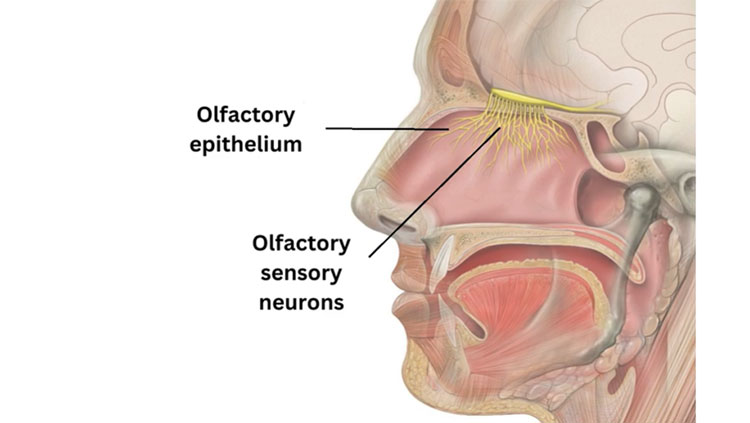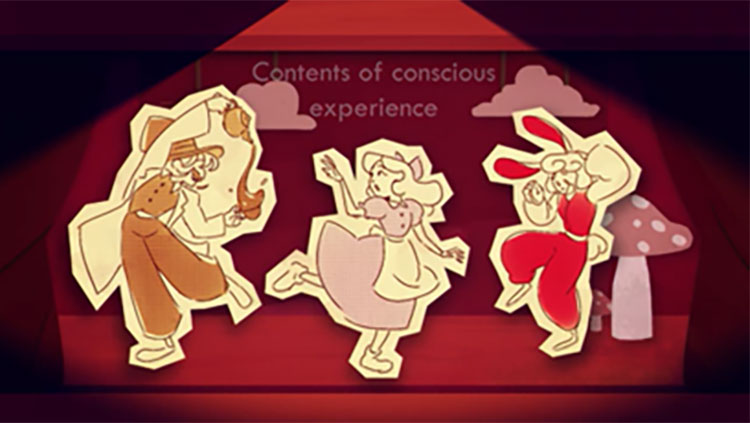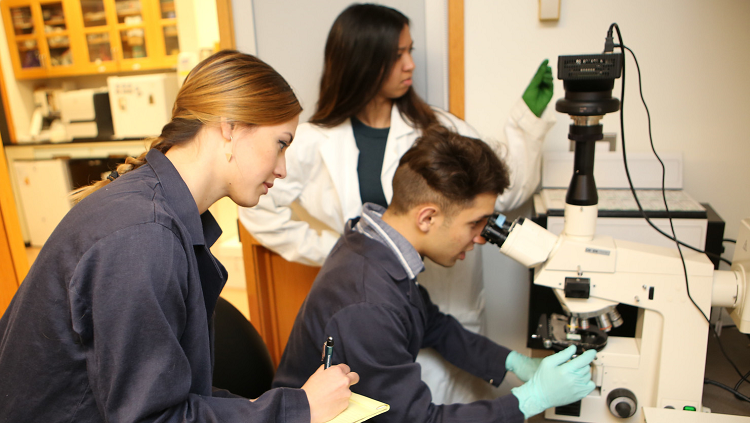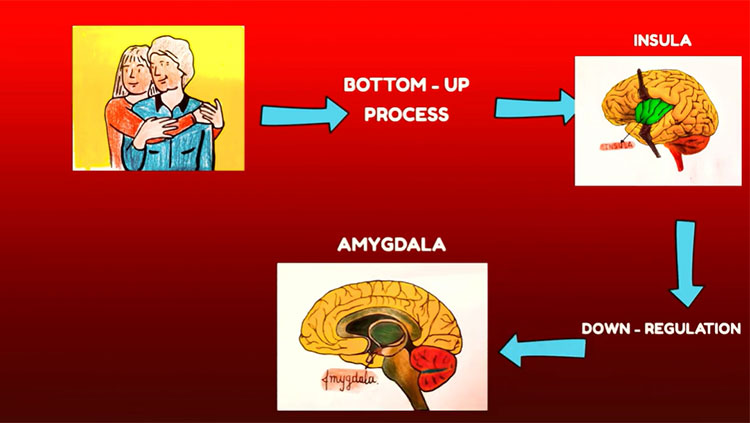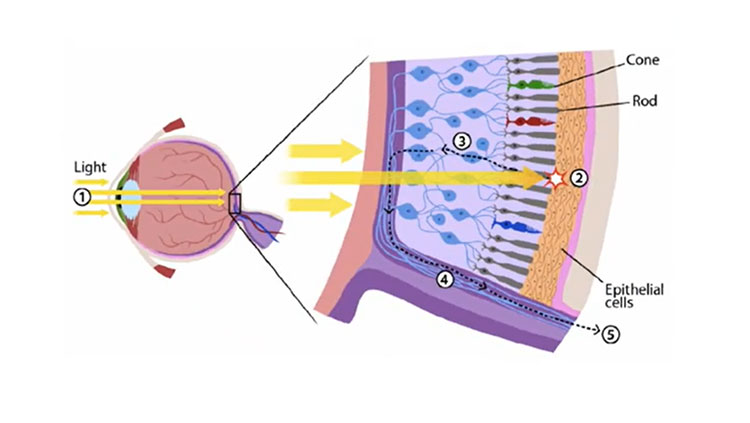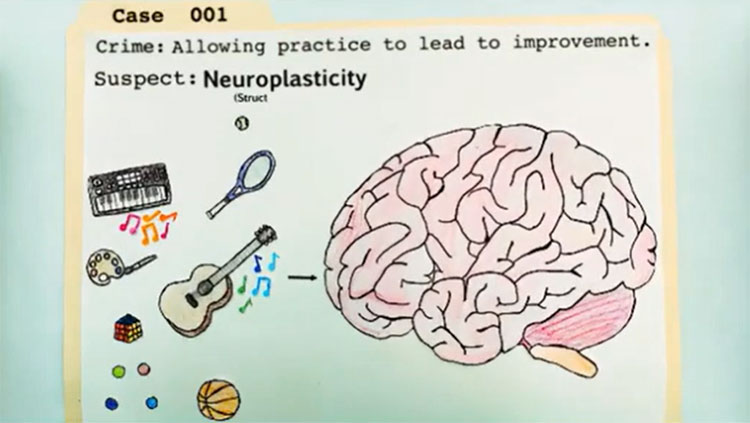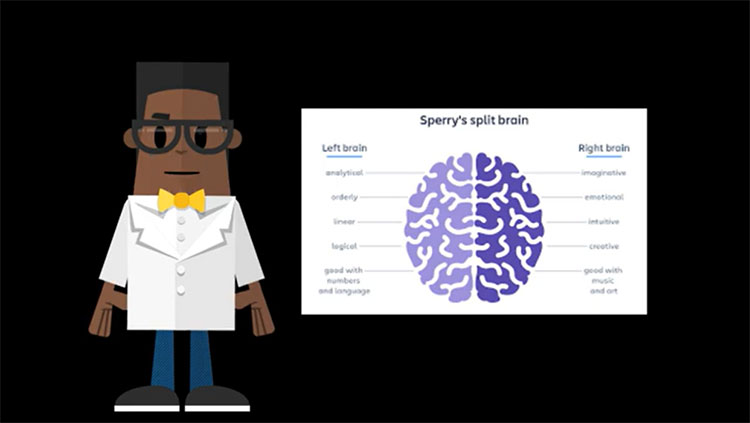Filter
-
(1)
-
(1)
-
-
(1)
-
(8)
-
(15)
-
(3)
-
(1)
-
(2)
-
(1)
-
(3)
-
(1)
-
(1)
-
(2)
-
(2)
-
(1)
-
(1)
-
(2)
-
(1)
-
(1)
-
(1)
-
-
(1)
-
(1)
-
-
(1)
-
(8)
-
(3)
-
(4)
-
(3)
-
(1)
-
-
(94)
-
(39)
-
(19)
-
(33)
-
(4)
-
(15)
-
-
(2)
-
(2)
-
-
(1)
-
(1)
-
-
(10)
-
(1)
-
(8)
-
(3)
-
-
(3)
-
(1)
-
(1)
-
(1)
-
-
(1)
-
(4)
-
(11)
-
(2)
-
(1)
-
(7)
-
(1)
-
-
(49)
-
(7)
-
(2)
-
(2)
-
(5)
-
(2)
-
(7)
-
(7)
-
(11)
-
(9)
-
-
(6)
-
(14)
-
(1)
-
(9)
-
(1)
-
(3)
-
(2)
-
-
(1)
-
(1)
-
(7)
-
(6)
-
(2)
-
(1)
-
(1)
-
-
(1)
-
(1)
-
-
(1)
-
(26)
-
(3)
-
(1)
-
(17)
-
-
(3)
-
(2)
-
(1)
-
-
(6)
-
(1)
-
(5)
-
(4)
-
-
(6)
-
(1)
-
(2)
-
(2)
-
(2)
-
-
(5)
-
(5)
-
-
(1)
-
(2)
-
(2)
-
(1)
-
(1)
-
-
(4)
-
(2)
-
(1)
-
(2)
-
-
(5)
-
(1)
-
(4)
-
-
(33)
-
(7)
-
(2)
-
(1)
-
(7)
-
(10)
-
-
(1)
-
(1)
-
(1)
-
-
(5)
-
(8)
-
(6)
-
(3)
-
-
(1)
-
(1)
-
-
(2)
-
(2)
-
-
(3)
-
(1)
-
(3)
-
-
(7)
-
(4)
-
(3)
-
(2)
-
(5)
-
(1)
-
-
(2)
-
(1)
-
(1)
-
-
(28)
-
(9)
-
(7)
-
(4)
-
(1)
-
(12)
-
-
(160)
-
(1)
-
(10)
-
(4)
-
(25)
-
(29)
-
(12)
-
(10)
-
(25)
-
(2)
-
(21)
-
(6)
-
(15)
-
(9)
-
(8)
-
(67)
-
(9)
-
(29)
-
-
(13)
-
(1)
-
(3)
-
(1)
-
(4)
-
(1)
-
(4)
-
(1)
-
-
(6)
-
(6)
-
-
(5)
-
(2)
-
(212)
-
(176)
-
(12)
-
(7)
-
(4)
-
(1)
-
(18)
-
(10)
-
(24)
-
(6)
-
(176)
51 - 60 of 228 results
-
Ever wonder why a certain smell strikes a chord of nostalgia? Research suggests it has to do with the unique way our sense of smell is processed in the brain.
-
Many of the therapeutic claims surrounding cannabidiol remain unproven, but additional research may provide some more clarity.
-
We sense a lot about our environment but are only conscious of some of it. One theory, the global workspace theory, attempts to explain how the brain decides what to pay attention to.
-
Do you think you want a career in neuroscience? You don’t have to wait until college to start your exploration of this exciting scientific field.
-
Touch can have a calming effect on the brain, thanks to its regulating effect on the amygdala.
-
How well can you see in the dark? Your retinas have specialized nerve cells that help, but your brain makes things even clearer through a process called contrast gain control.
-
Chemotherapy can kill cancer cells. But it can also change your brain, too.
-
Conspiracy theories take advantage of our pattern-seeking brains by grabbing attention, triggering strong emotions, and giving meaning to random events.
-
Find out how your everyday efforts help change your brain through neurogenesis, synaptic plasticity, and myelin plasticity.
-
Though the two hemispheres in the brain have separate functions, there is typically no overall dominant side — both constantly work together to help us complete daily tasks.


